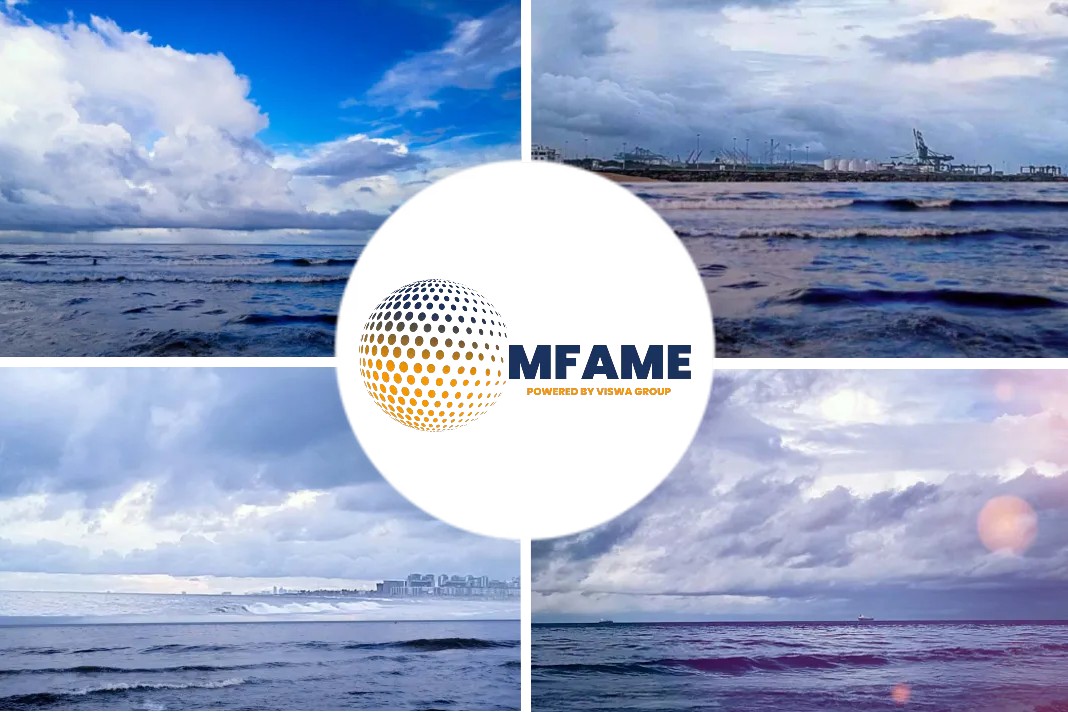An article in Supply Chain Dive briefs about the various situations which determine the compliance of maritime standards with the approaching IMO 2020.
Compliance with IMO 2020 regulations
There are three options to meet the Jan. 1 low-sulfur deadline:
- Burn the more expensive, very low sulfur fuel oil (VLSFO).
- Invest in an expensive scrubber system and keep buying the existing high-sulfur bunker fuel.
- Retrofit existing ships or purchase new builds to use liquefied natural gas (LNG).
Will low sulphur bunker meet demand ?
The box ship industry spent huge dollars on scrubbers (both CMA CGM and SovComflot are fitting their upcoming Megas and tankers with LNG propulsion).
Numerous consultants and government agencies have run studies on scrubber-high-sulfur bunker versus VLSFO usage costs.
Unfortunately, in spite of the data collected, the unknowns then remain the unknowns today: Will there be sufficient low-sulfur bunker produced to meet demand, and/or will the price of existing high-sulfur bunker drop sufficiently to make installing expensive scrubbers cost-effective?
Exemption from high sulphur standards
One short-lived solution came from Indonesia’s Ministry of Transportation, which on July 26, announced it was exempting its domestic shipping fleet from the upcoming high-sulfur standards due to the apparent high cost of low-sulfur bunker fuel.
However on Aug. 20, it reversed the decision to delay the International Maritime Organization’s (IMO) low-sulfur fuel regulations and said its domestic fleet must be ready to meet the upcoming low-sulfur regulations.
Reason for Indonesia not enforcing low-sulfur rule
Transportation Minister Sudiono said in July that one of the reasons for Indonesia not enforcing the low-sulfur rule was because state oil company PT Pertamina refineries produce large amounts high-sulfur fuel oil.
However, on Aug. 20, the Transportation Ministry said Pertamina will produce 380,000 kilolitres annually of 0.5% low-sulfur fuel so the domestic shipping industry can meet upcoming IMO standards
Since Pertamina is a factor in the supply of finished products in Asia, producing low-S fuel – or not – could have been a major issue in whether other countries might try to exempt their shipping fleets from the stricter IMO low-S regulations.
But for now this hurdle seems to have been cleared.
Economic and geopolitical causes
With only some 3,600 vessels worldwide installing scrubbers, the vast majority of ships will be using VLSFO, so a more pertinent question might be:
Will sufficient low-S bunker be available worldwide for ships to purchase during the November-December run-up to the Jan. 1 deadline?
The world shipping industry will soon compete for the same low-S distillates used to make gasoline, diesel, jet fuel and heating oil, meaning carriers are now in direct competition with airlines, truckers, railroads and farmers as well as factories, homes, and offices.
The world shipping industry will soon compete for the same low-S distillates used to make gasoline, diesel, jet fuel and heating oil, meaning carriers are now in direct competition with airlines, truckers, railroads and farmers.
Subsequent months will be critical
Storage tanks at ports worldwide need to be cleaned so the newly produced VLSFO can be stored in port-side bunker-operators.
Additionally, refineries need to see an increase in VLSFO demand – or a decrease in gasoline, diesel and heating fuel – in order to produce and distribute it profitably relative to the cheaper, higher-S fuels.
If world economies slow, and gas, diesel, etc., demand drops, then refineries will happily produce VLSFO, at relatively lower prices, for the captive low-S carriers – who unfortunately may be hauling fewer containers due to the economic slowdown.
But if the business cycle stays strong, the refineries may raise VLSFO prices in exchange for producing it instead of their traditional low-S products.
High sulphur or Low-sulphur
Between tariff wars, uncertain EU-U.K. economies post-Brexit and the threat of an oncoming economic slowdown, the “do we install scrubbers and hope hi-S prices drop” versus the “let’s buy the more-expensive low-S bunker” debate just adds to the challenge of being a carrier today.
Did you subscribe to our daily newsletter?
It’s Free! Click here to Subscribe!
Source: Supply Chain Dive


















